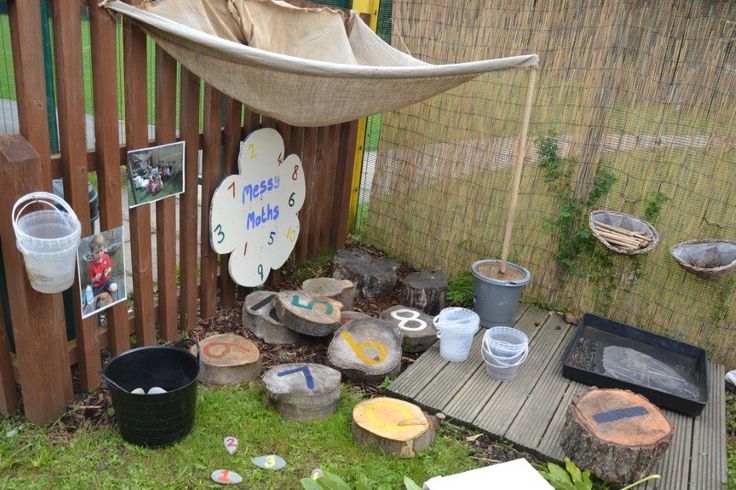How can I promote mathematics in the outdoors environment?
Mathematics can often be something practitioners find difficult to promote in the outdoor environment as a lot of the emphasis can turn to social skills, physical skills and understanding of the world. However, mathematics is incredibly easy to promote outdoors and has so many benefits for the children. These include:
- There can sometimes be a lot of negative stigma attached to mathematics which sometimes the children can pick up on and have a dislike for mathematics. By brings mathematics outdoors the children learn through play and don’t even realise they are learning about mathematics
- When things are taken outdoors they can be done on a much larger scale using a wide variety of resources to help promote mathematics. It doesn’t have to be sitting at a table sorting counting bears it can be running around collecting different coloured leaves and sorting. When activities can be made more engaging more children will want to participate or children who would not normally be interested will participate and learning is promoted for all.
- All the characteristics of effective learning can be supported whilst promoting mathematics outdoors
How to incorporate Mathematics in the outdoors
Including mathematics in the outdoors is incredibly easy and doesn’t require additional resources often; particularly if you take a loose parts approach to your outdoors environment. Ways to do this include:
- A maths shed – Similar to writing sheds, these are set up with though provoking questions and open-ended materials such as large twigs to create shapes, stones to make patterns, sticks to compare sizes, scales for weighing etc….
- Mud Kitchen – A mud kitchen is fantastic for development across the board and if set up can be excellent for mathematics. Include different sized containers, pre-filled recipe cards and signs with numbers and units of measure, scales for weighing the mud pies etc…
- Sand and water stations – Different sized containers, funnels, measuring jugs and cylinders etc…
- Bug Hotels – Although you would automatically link these with maths if yours is thriving they can become a focal point for maths conversations such as how many legs does a spider have? How many spots on the lady bird? Which is bigger? Which is the smallest? What colours can you see on the butterflies?
- Nature – Make the most of the natural resources in the environment, use sticks to make shapes and fill them with leaves, collect stones and talk about size, weight shape, how many of them they can find, talk about the leaves changing and the colours all around, leave tubs out to see how much rain you can collect, draw and fill shadows etc…
- Chalks – Great for mark making when outdoors including making shapes and writing numbers
